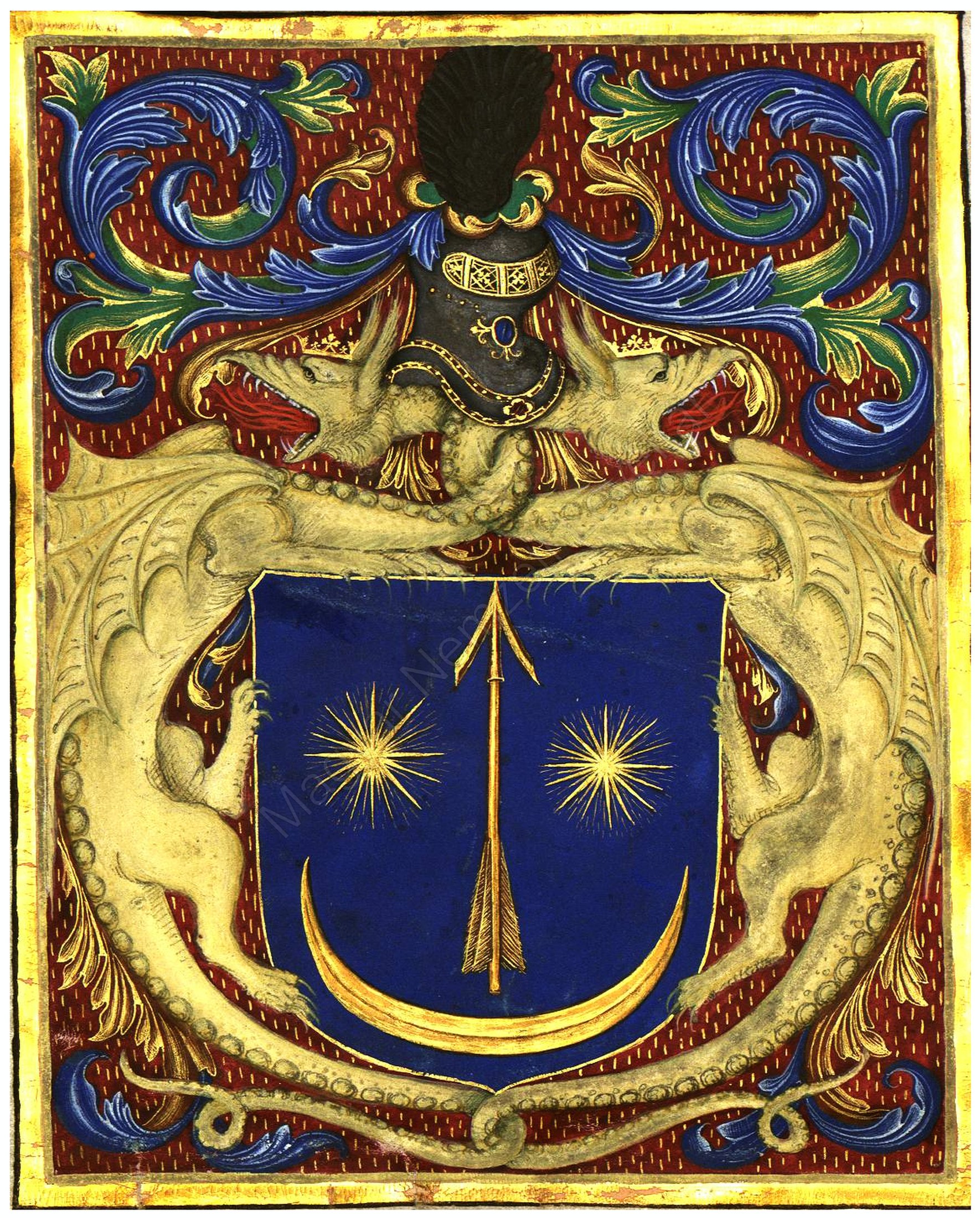The Romanian Roots of Russian Composer Sergei Vasilievich Rachmaninoff
On an April day was born the great Russian composer and pianist Sergei Vasilievich Rachmaninoff (April 1, 1873 – March 28, 1943), author of immortal compositions: symphonies, concertos, romances, songs, and sonatas. Who hasn't admired the beauty, full of fantasy and colour, in his piano concerts or the incomparable Rhapsody on a Theme of Paganini?!
According to the genealogy of the family (published in 1895, in Kiev, by N. P. Vasilenko), Sergei Vasilievich Rachmaninoff had Romanian origins, his lineage claiming descent from the Drăgoșești dynasty, the first dynasty of Mediaeval Moldavia. However, the direct ancestor of the noble Rachmaninoff family was a certain Ivan Sused, whom the family tradition considered to be the son of St Prince Stephen the Great of Moldavia. One of this Ivan's children was purportedly Vasile, nicknamed Rachmaninoff or Rochmaninoff – the founder of the lineage.
Fragment from the family tree of the Rachmaninoff family, featuring the imaginary portrait of a Prince of Moldavia (depicted as an ancestor) and the arms of the principality
In 1551, three members of the Rachmaninoff lineage were listed in the book of the 1,000 Russian nobles, two centuries later the brothers Gherasim and Fedor Rachmaninoff taking part in the coup of 1741, as supporters of Empress Elizabeth of Russia, for which they were granted new arms.
The coat of arms of the Rachmaninoff family was published in volume IV of the General Armorial of Noble Families of the Russian Empire. The coat of arms belongs to the series granted to officers (grenadiers) who were part of the Imperial Guard involved in the coup of 1741. Hence, the first half of the shield, bearing three stars with a chevron charged with three grenades in flames, as well as the quite distinctive helmet. More interesting is the second half of the shield, which was personalized for each of the officers to whom the coat of arms was granted following the coup.
Coat of arms of the Rachmaninoff family
In a study published by myself and my colleague and friend Dr Lucian-Valeriu Lefter, regarding the noble Russian families of Moldavian origin, we speculated that it could be a composition derived from the Drăgoșești coat of arms, a symbol that became, in the Polish-Lithuanian space, the emblem of the Sas family. The same coat of arms would be granted in 1507, along with a Hungarian baronial title, to Prince Dragoș I of Moldavia’s descendants, Gheorghe and Ioan, Barons Dragfi of Belgiug, who settled in the Transylvania.
Coat of arms of Dragoș I, Prince of Moldavia, on the pommel of his sword, author’s drawing
Coat of arms of the Barons Dragfi of Beltiug, National Archives of Hungary
It's worth noting that the Sas emblem had numerous variations and the figures we see in the second half of the Rachmaninoff coat of arms could be derived from the Drăgoșești emblem – all the more so as Sergei Vasilievich's family claimed descent from the lineage of the first Moldavian ruler. Thus, the crescent and the star are still present, yet the arrow is transformed into other weapons, more fitting for the two Russian grantees.



